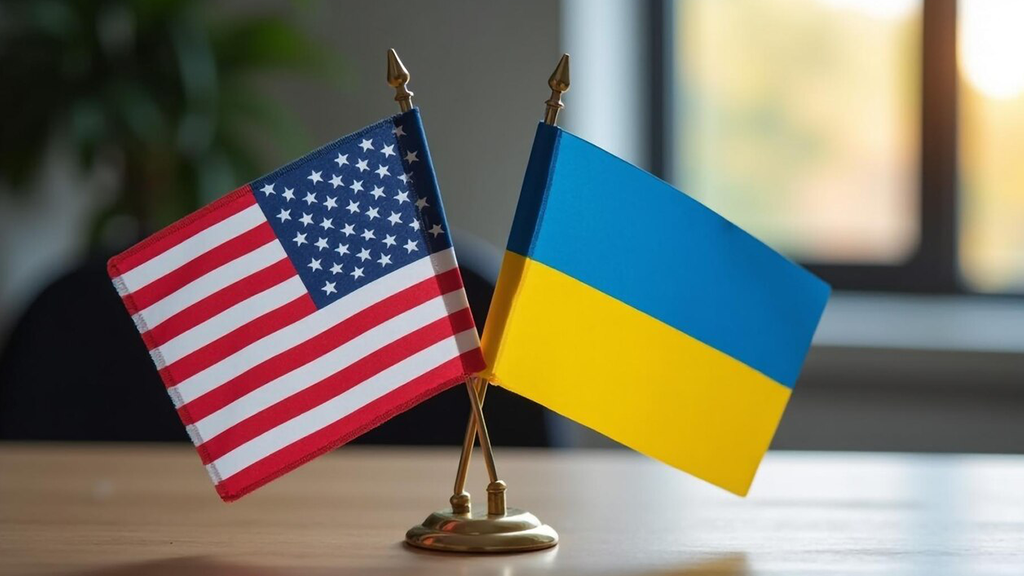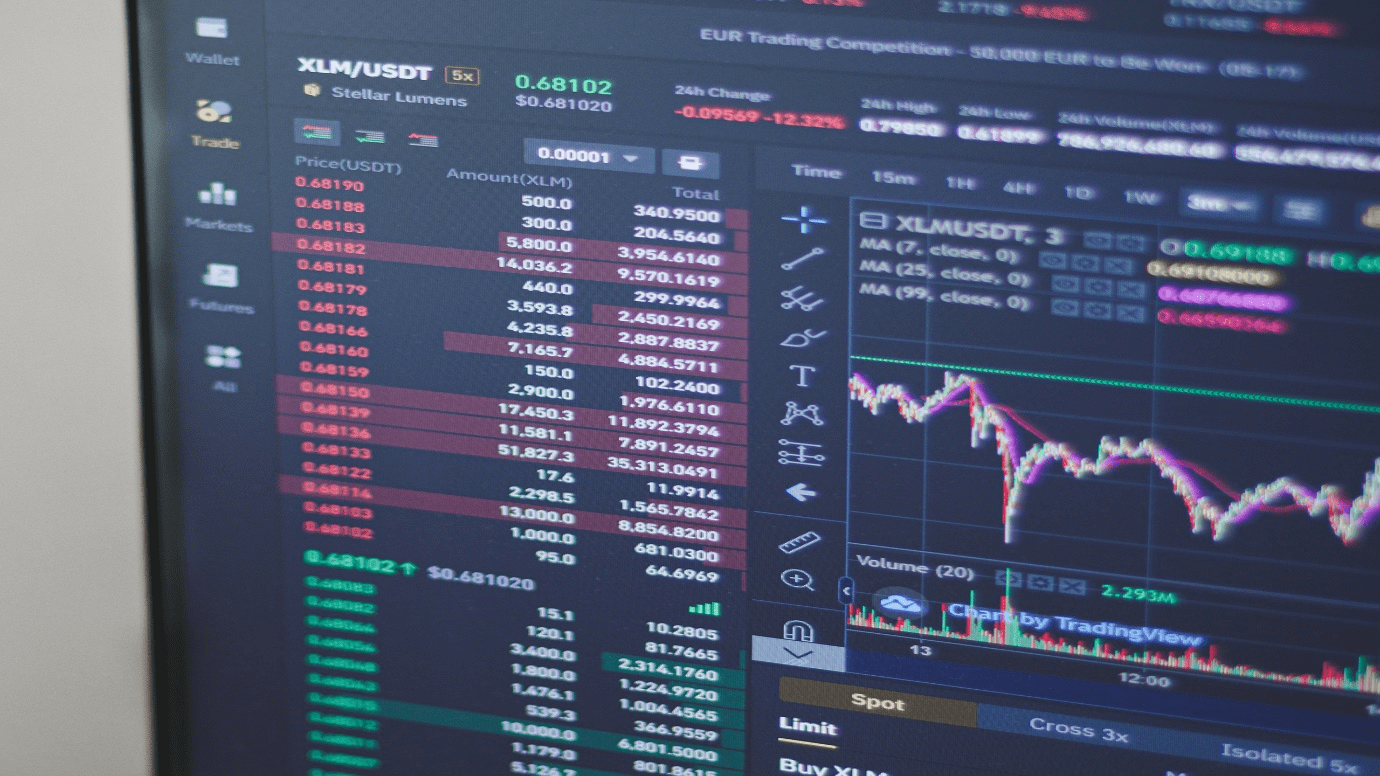

February 9, 2022: -On Tuesday, Shares in Asia-Pacific were mixed, with Chinese stocks among the biggest losers regionally.
By the Tuesday market close in mainland China, the Shenzhen component slips 0.975% to 13,325.41. The Shanghai composite fared better, which recovers from its earlier losses by increasing 0.67% to 3,452.63.
Hong Kong’s Hang Seng index also decreased 0.77%, as of its final hour of trading, with Chinese tech stocks in the city decreasing, Alibaba plunged 2.26%, Tencent declined 1.38%, while Meituan slipped 1.95%. The Hang Seng Tech index has shed 1.21%.
On Monday, Market sentiment on China stocks took a hit after the U.S. Commerce Department said it had added 33 Chinese entities to a red-flag export list. WuXi Biologics saw its Hong Kong-listed stock plunge over 20% before trading was halted on Tuesday, one of the affected firms.
However, Japan’s Nikkei 225 gained 0.13% to close at 27,284.52 while the Topix index increased 0.42% to 1,934.06. Shares of conglomerate SoftBank Group decreased 0.9%, with the firm announcing plans to take Arm public after a planned sale of the subsidiary to Nvidia collapsed due to “significant regulatory challenges.”
South Korea’s Kospi finished the trading day fractionally higher at 2,746.47. The S&P/ASX 200 increased 1.07% on the day to 7,186.70 in Australia.
MSCI’s broadest index of Asia-Pacific shares outside Japan stood little changed.
Global markets continue to see a wave of volatility as investors continue to assess the outlook for factors like central bank policy normalization, with expectations that fast-rising wages in the U.S. could lead the Federal Reserve to increase interest rates even higher this year.
“For now at least, inflation and related central bank thinking remain by far the bigger influence on market sentiment,” Ray Attrill, head of foreign exchange strategy at National Australia Bank, wrote in a Tuesday note.








© THE CEO PUBLICATION 2021 | All rights reserved. Terms and condition | Privacy and Policy